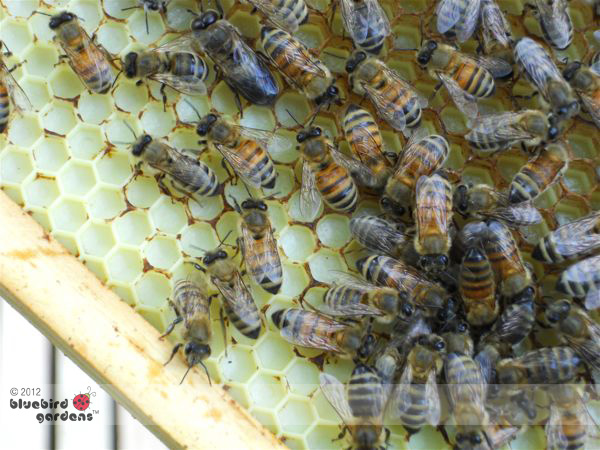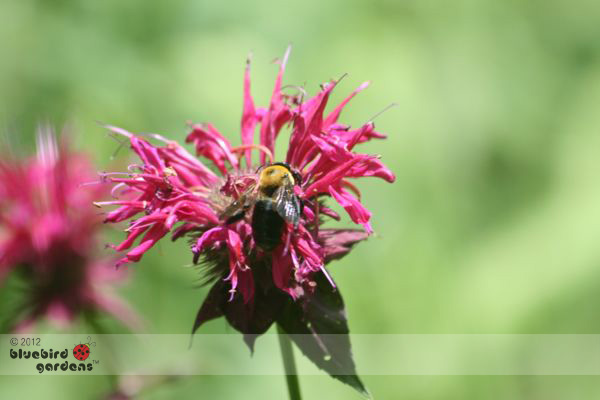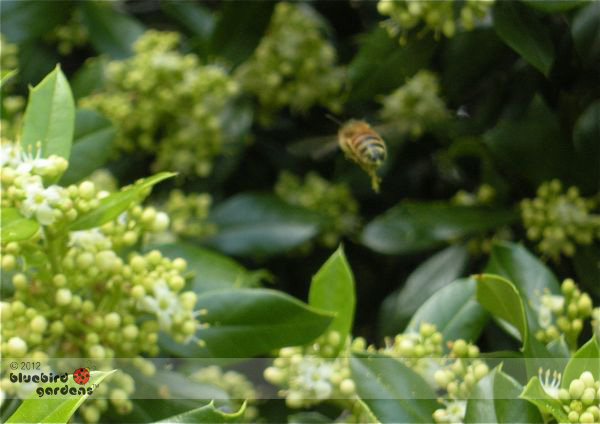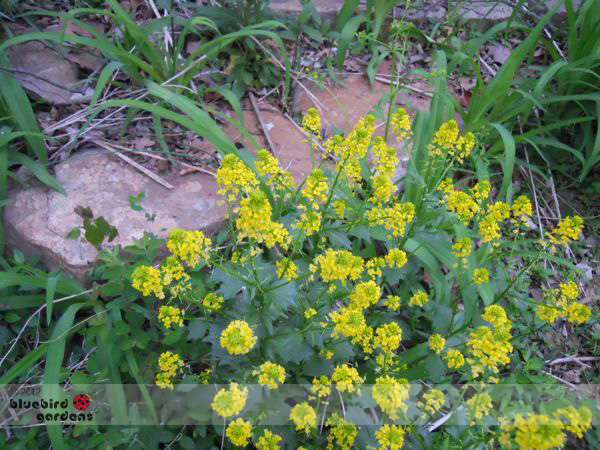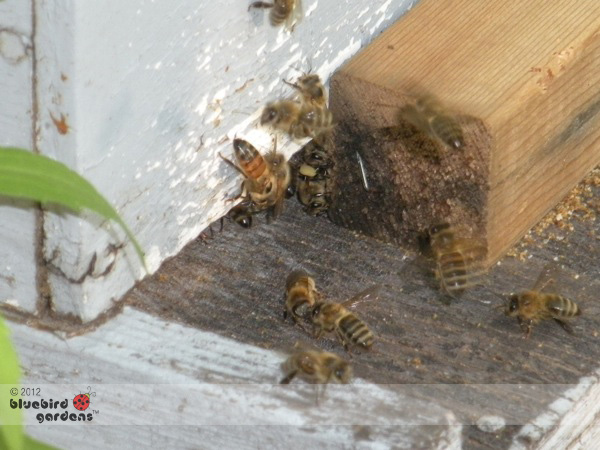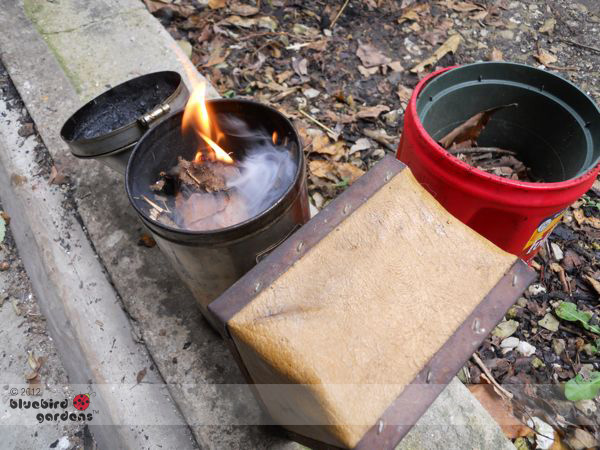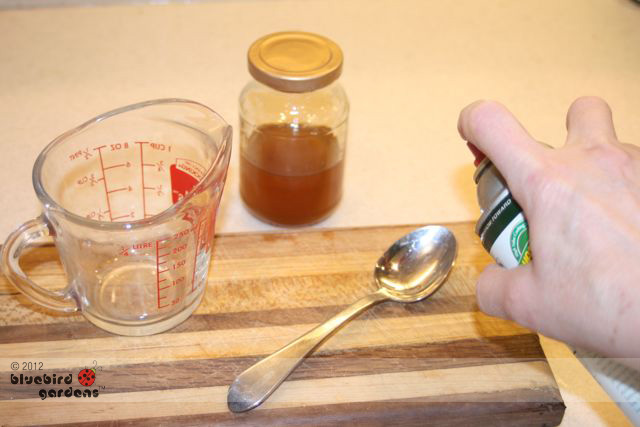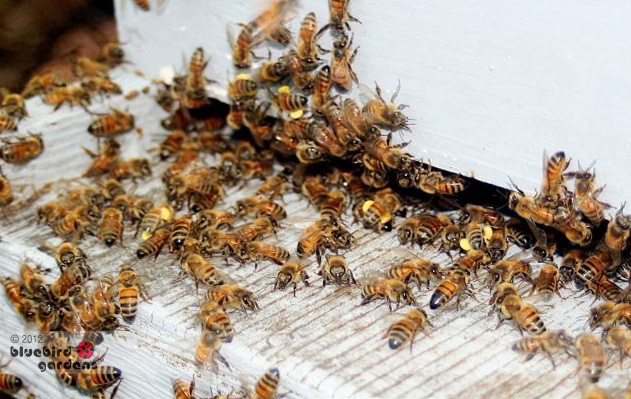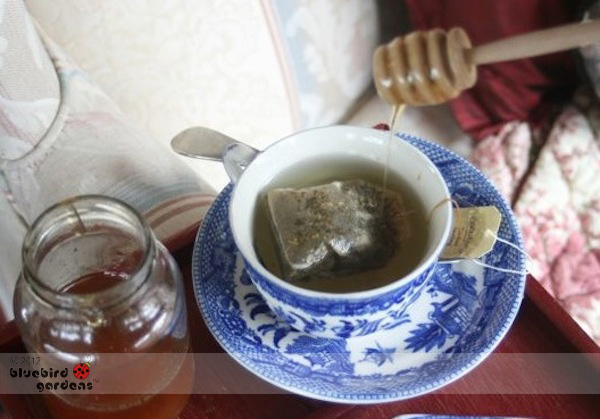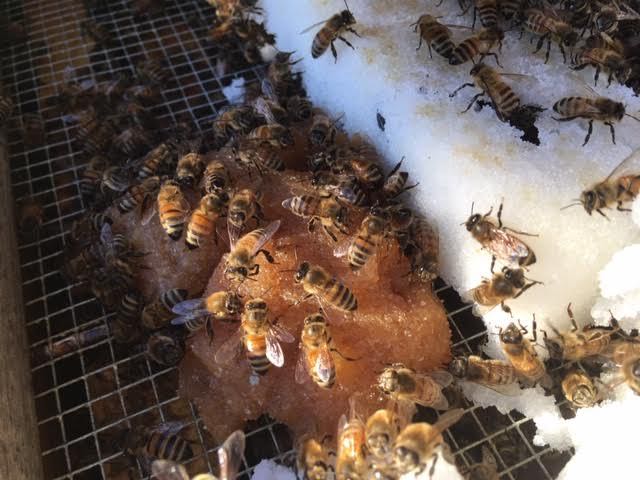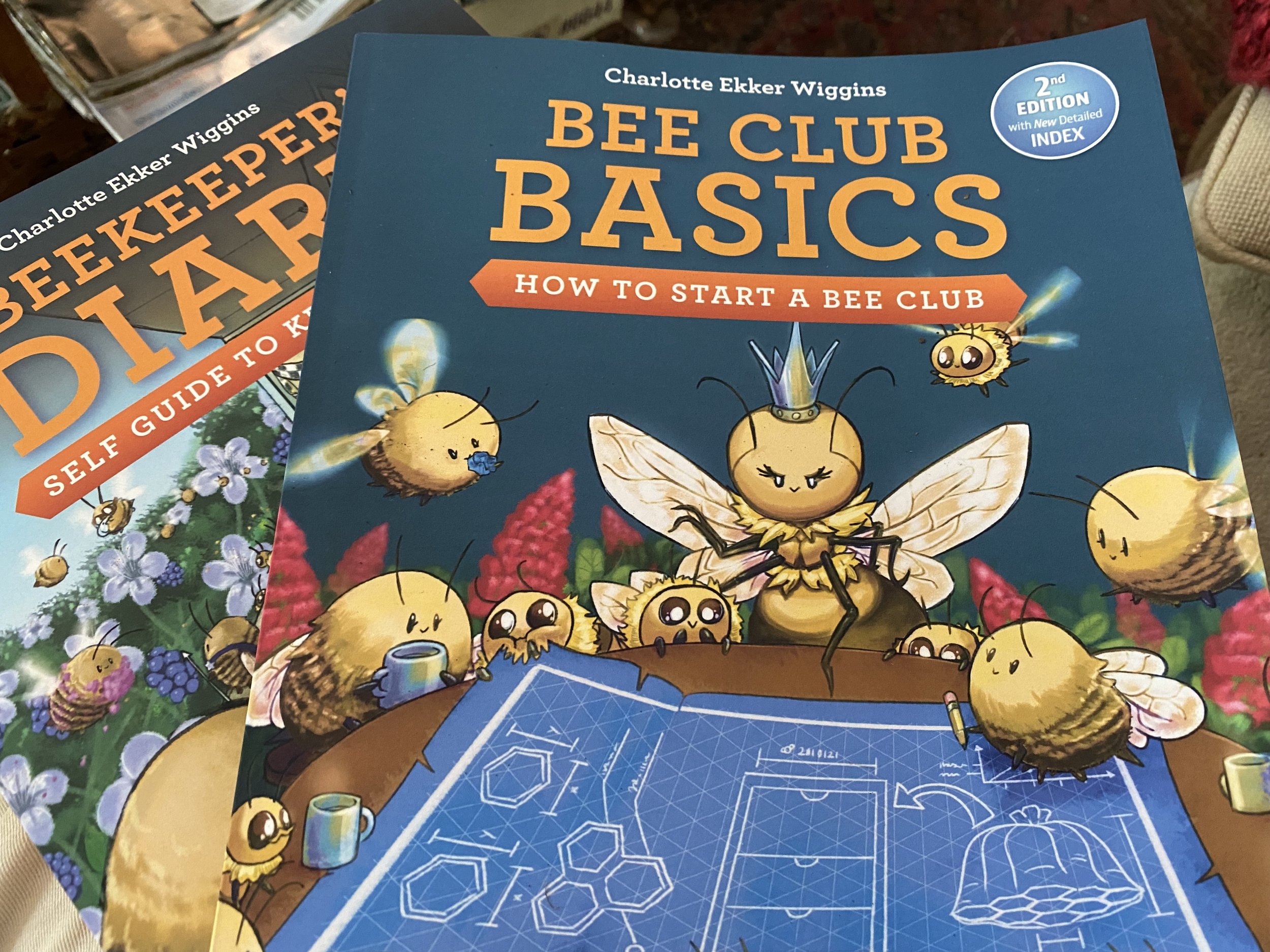Welcome to My Bee Garden
/
My bees were locally-raised and bred to be tame and good honey producers.
Although they are very tame, people still have some reticence to be around them so I use a garden flag to warn visitors they are approaching the apiary, or bee yard.
It took me a long time to find this little garden flag. For some reason, most artists draw bees as male.
As soon as I get an indelible marker, I'm adding long eyelashes so it looks more like a "she." Most bees are female.
Charlotte






